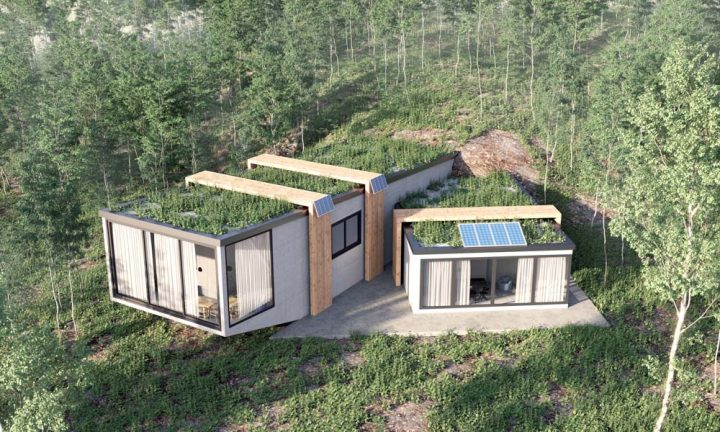
Living roofs
Going green includes various creative options that can add value to residential and commercial properties.
Having a living roof is one of those.
Increasingly worldwide, including in New Zealand, rooftop gardens are popping up on homes, office, and even public buildings. A living roof is, however, somewhat different to a rooftop garden, although these too are becoming more popular.
A living roof, also called a green roof, is when the roof of a building is partially or completely covered with vegetation and a growing medium, planted over a waterproof membrane. Often they also comprise additional layers such as a root barrier, drainage, and irrigation systems.
Benefits
Green roofs serve several purposes for a building. They provide insulation, absorb rainwater, and become a haven for birds and bees. Studies in America have found that aside from being a pleasing garden-style landscape, a group of living roofs helps to lower urban air temperatures.
Living roofs can be retrofitted or developed on new builds, from garages, to residences, and larger industrial, commercial, and municipal buildings.
They improve and reduce energy consumption, by adding mass and thermal resistance value, and increasing evapotranspiration.
In America, the Chicago City Hall is one of the earliest, and most well-known, examples of green roofs in the United States, planted as an experiment to determine the effects a green roof would have on the microclimate of the roof. Studies based on that roof forecast that if all the roofs in a major city were greened, urban temperatures could be reduced by as much as seven degrees Celsius.
Ecological benefits
Green roofs create natural habitats or urban wildernesses, which attract beneficial insects, birds, bees and butterflies.
Rooftop greenery also provides resting places for migratory birds.
They serve as a ‘green wall’, filtering pollutants and carbon dioxide out of the air, which studies show helps to reduce the rates of diseases such as asthma.
They can also filter pollutants and heavy metals out of rainwater, and aside from their natural insulation properties, living roofs help block out sound too. The soil helps to block lower frequencies, and the plants block higher frequencies.
Experts needed
Installing a living roof is not a DIY job. A dead or leaking roof garden will prove expensive to resolve, so do it once and do it well with professional help.
Key factors include
-An appropriate waterproof membrane.
-Proven roof garden drainage components.
-Soil specifically formulated for roof gardens.
-Plants and grasses that aren’t too thirsty and don’t possess aggressive root structures.
-A maintenance programme employed, or proprietary watering system.
-A root barrier.



